- 路 Microwave
- 路 Atmospheric Pressure Microwave 路 Pressure Microwave 路 Parallel Microwave
- 路 Ultrasonic 路Low Temperature Ultrasound
- 路 Ultraviolet Light
- 路 Microwave Heating 路 Atmospheric Pressure Synthesis 路 Atmospheric Pressure Catalysis 路 Atmospheric Pressure Extraction
- 路 Sample Preparation 路 Microwave Digestion
- 路 Soil Digestion 路 High Pressure Synthesis
- 路 Solid Phase Synthesis
- 路 Organic Synthesis
- 路 Ionic Liquid Synthesis
- 路 Degradation Of Natural Organic Matter
- 路 Natural Product Extraction / Purification
河北祥鹄科学仪器有限公司
22 Controlled preparation of high quality WS2 nanostructures by a microwave-assisted solvothermal method
This paper, written by researchers from Xi'an Jiaotong University and others, discusses Controlled preparation of high quality WS2 nanostructures by a microwave-assisted solvothermal method. The paper is published in an important journal < CrystEngComm >. IF:3.304.
In recent years, the research work of microwave chemical instrument used in the synthesis of materials has become a hot direction of scientific research, which has been paid great attention to by many scholars!
Thin-layered WS2 nanostructures have attracted great attention owing to their superior structures and properties when compared to MoS2, including larger layer-spacing, higher energy gap and better photothermal and lubrication properties. However, it is still challenging to prepare high-quality WS2 nanosheets and assemble them into large quantities. In this work, we report a facile and efficient microwave-assisted solvothermal method for the synthesis of WS2 nanostructures in N-methyl-2-pyrrolidone (NMP) using cheap tungsten hexachloride (WCl6) and elemental sulfur (S) as starting materials. The formation of WS2 nanosheets and their controlled assembly into different morphologies (such as nanocones and nanoworms) were studied by adjusting the reactant concentration and reaction temperature. This method has also been successfully applied for preparation of other transition-metal dichalcogenides such as MoS2. The resulting WS2 and MoS2 nanomaterials were characterized by transmission electron microscopy (TEM), scanning electron microscopy (SEM), X-ray diffraction (XRD), X-ray photoelectron spectroscopy (XPS) and Raman spectroscopy. The photothermal properties of WS2 nanostructures have been investigated and it was found that the WS2 nanosheets have the best photothermal efficiency and stable photothermal capacity, exhibiting great potential for photothermal therapy and other fields.

Fig.1/4↑

Fig.2/4↑

Fig.3/4↑

Fig.4/4↑
In conclusion, we developed a simple and efficient microwave-assisted solvothermal method to synthesize WS2 nanostructures in NMP by using inexpensive tungsten hexachloride (WCl6) and sulfur (S) as initial reactants. The morphology and structures of WS2 including nanocones, nanosheets and nanoworms could be well-controlled by adjusting the reactant concentration and reaction temperature. This method could be also successfully applied for preparation of other transition-metal dichalcogenides such as MoS2. Among the WS2 and MoS2 nanomaterials, WS2 nanosheets have the best photothermal effect and exhibit a very stable photothermal capacity even after five cycles. Thus, they show potential to be widely used for photothermal therapy and other fields.
A multi-mode microwave parallel synthesis system (XH-800S, China) at a frequency of 2.45 GHz was used to perform the synthesis of WS2 and MoS2. In general, certain amounts of WCl6 and elemental sulfur were dissolved in NMP (30 mL) with simultaneous vigorous stirring for about 30 min to form a homogenous mixture. After that, the resulting mixture was transferred into a 50 mL microwave reaction kettle for the microwave-assisted solvothermal synthesis. Black precipitates formed after 6–8 h. After cooling to room temperature, it was centrifuged and the solid was washed with distilled water (3 × 20 mL) and ethanol (3 × 20 mL). The black powder was then dried under vacuum at 50 °C for 12 h. The resulting WS2 nanomaterials were then annealed at 850 °C for 1 hour at 2 × 10−3 mbar. Details of the reaction conditions including the amount of precursors, the reaction temperature and the time during the solvothermal synthesis for three different morphologies of WS2 are listed in Table S1.† Layered MoS2 nanomaterials can be synthesized using the same procedure using MoCl5.








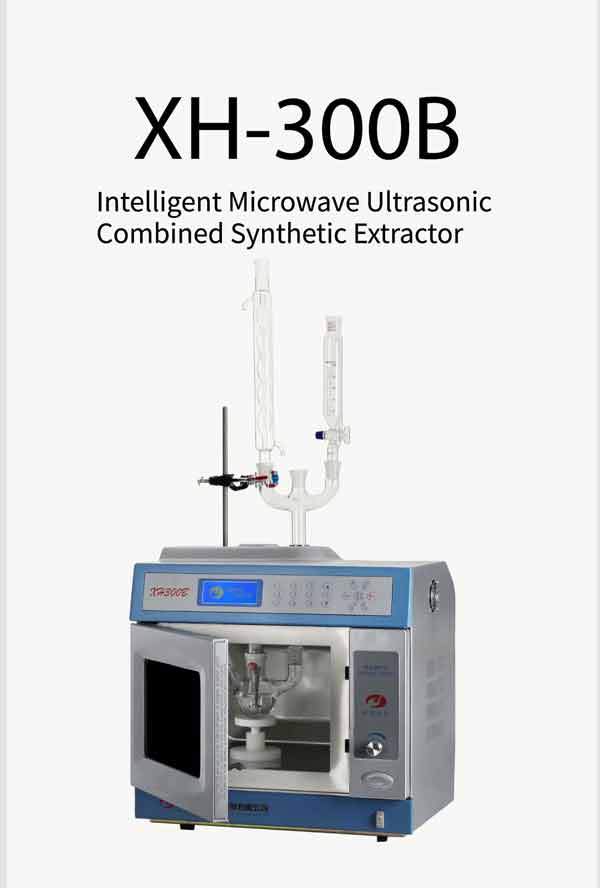

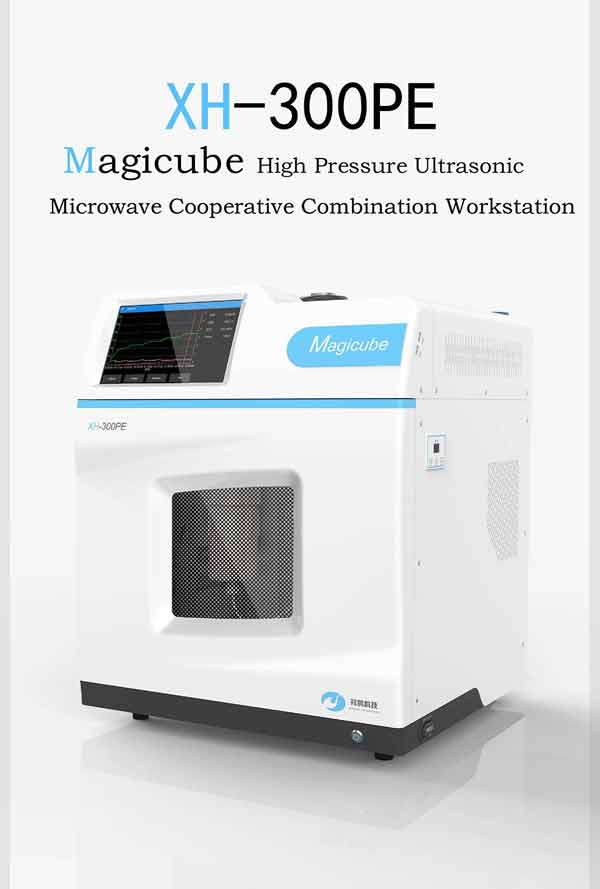
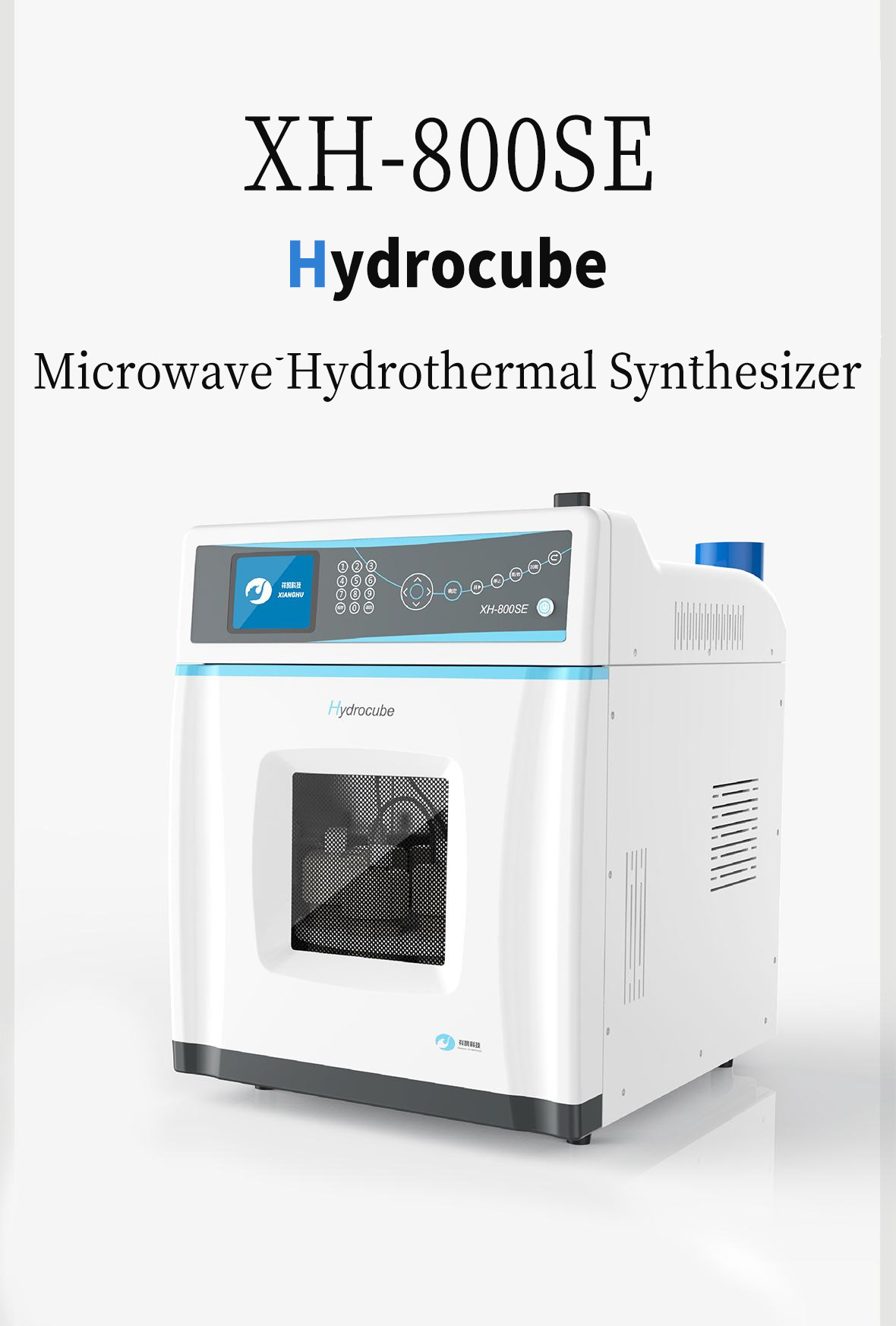
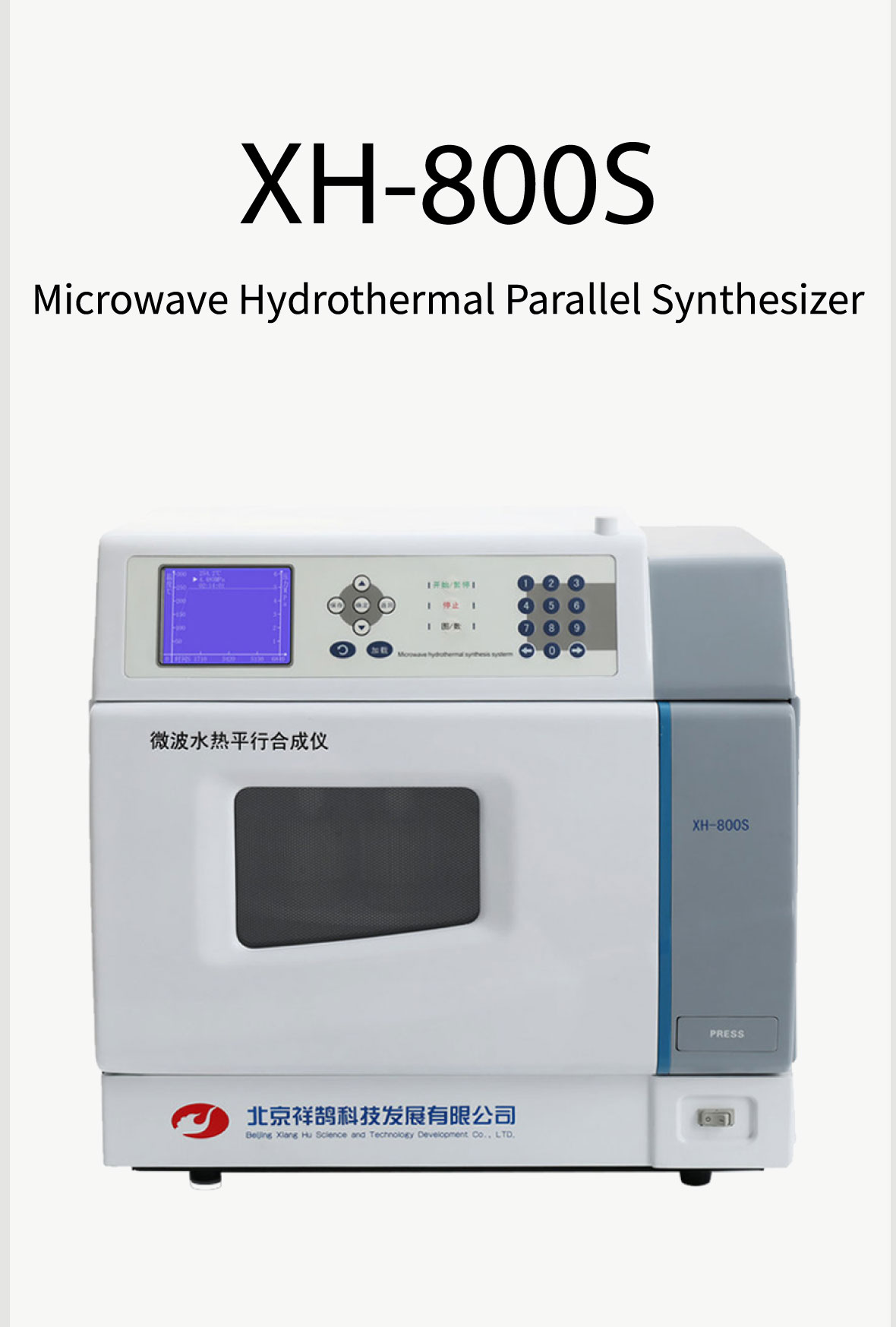
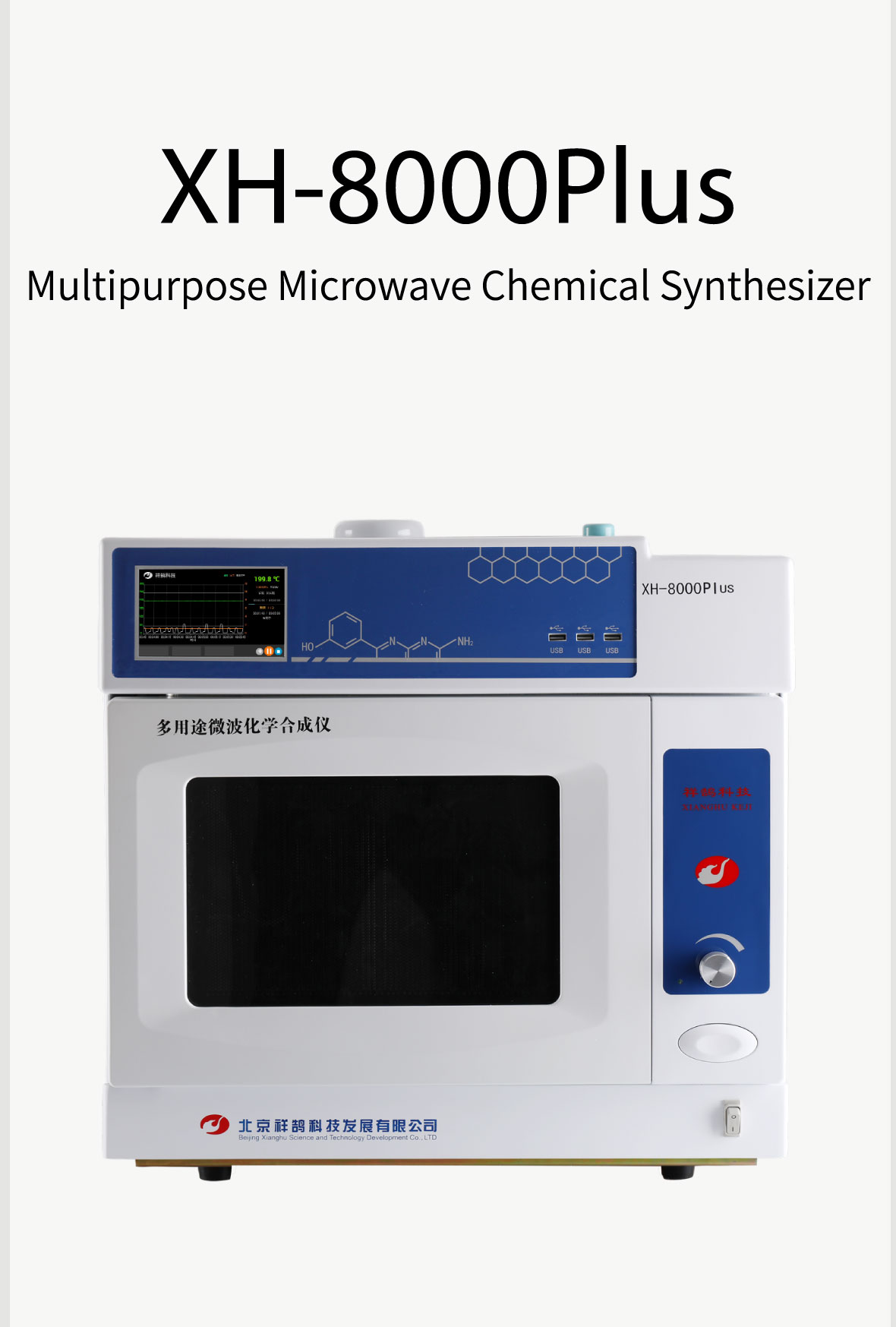
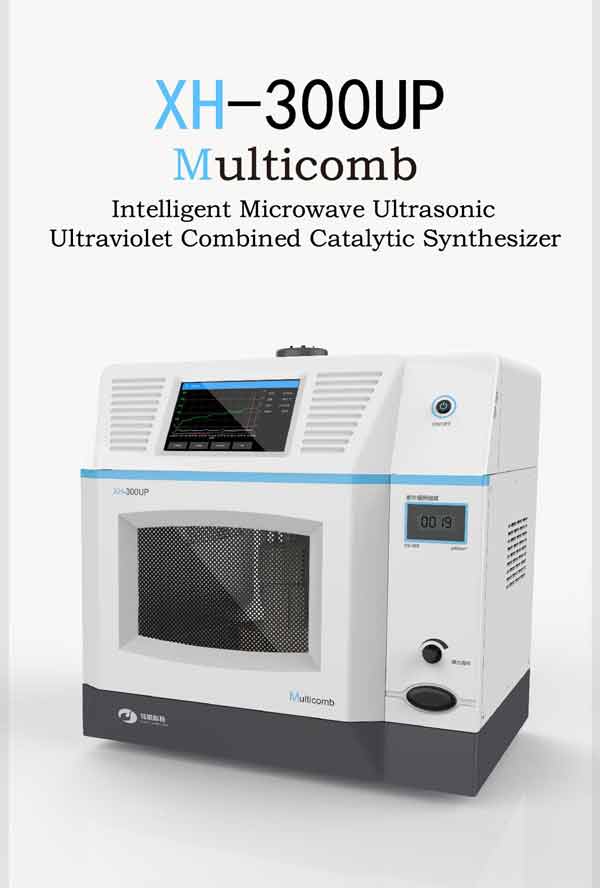
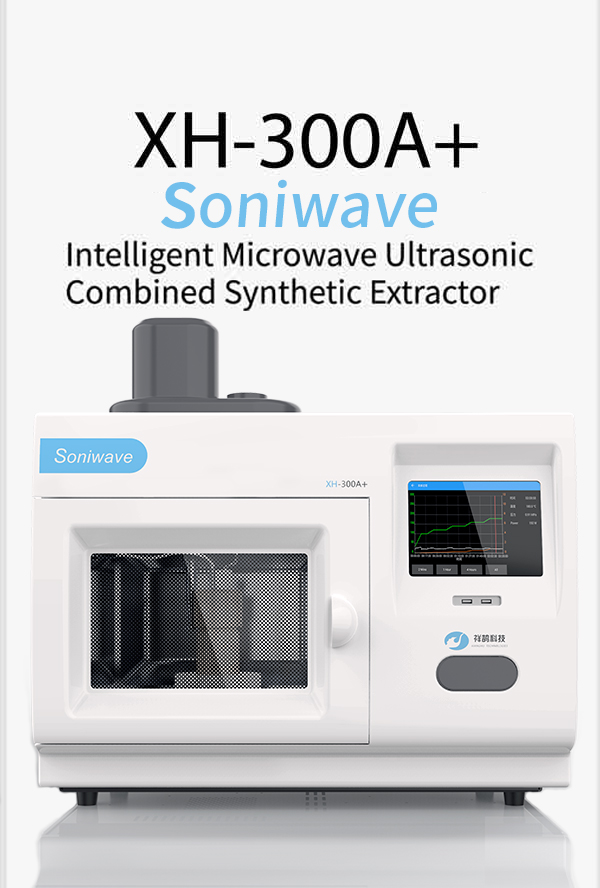

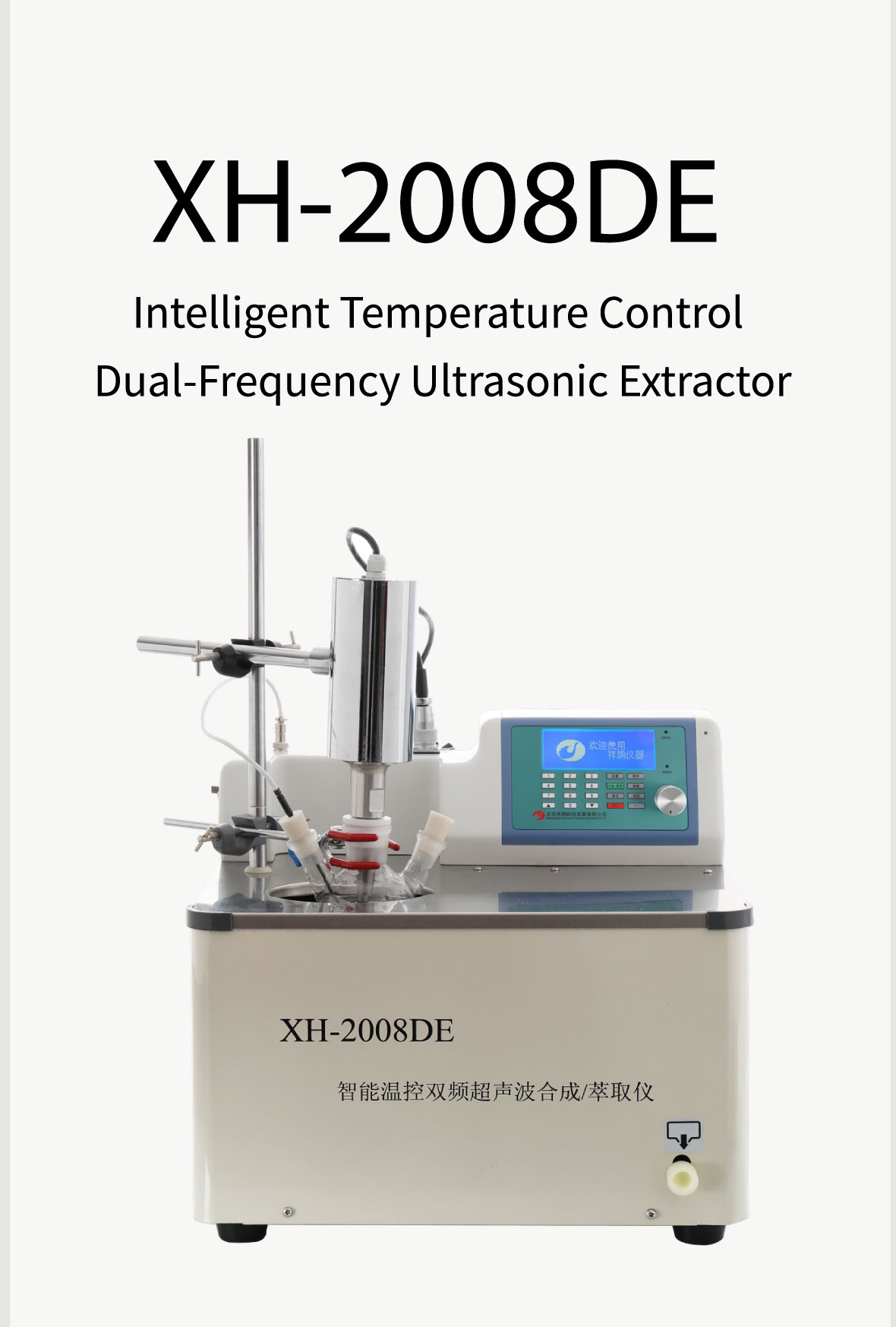



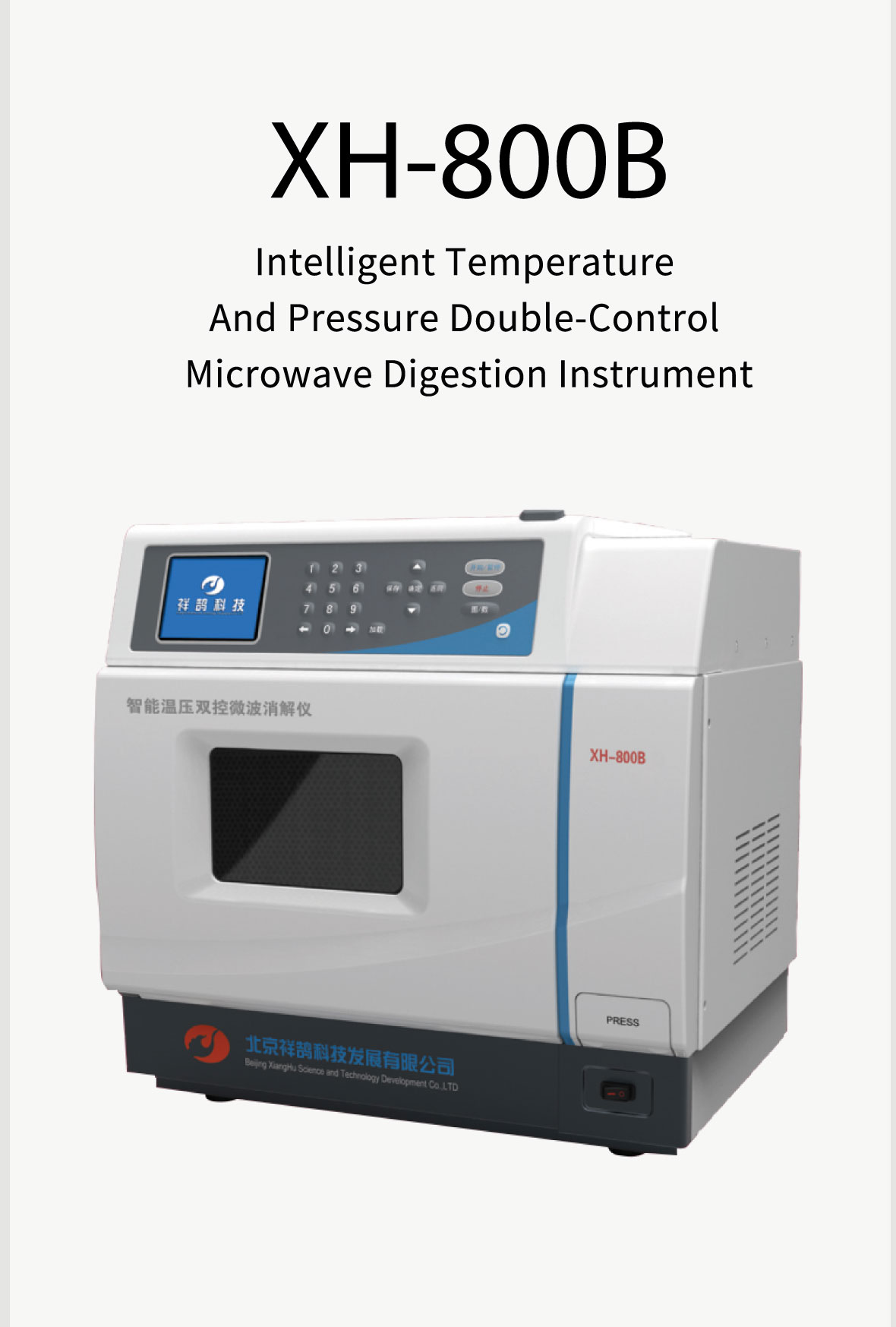

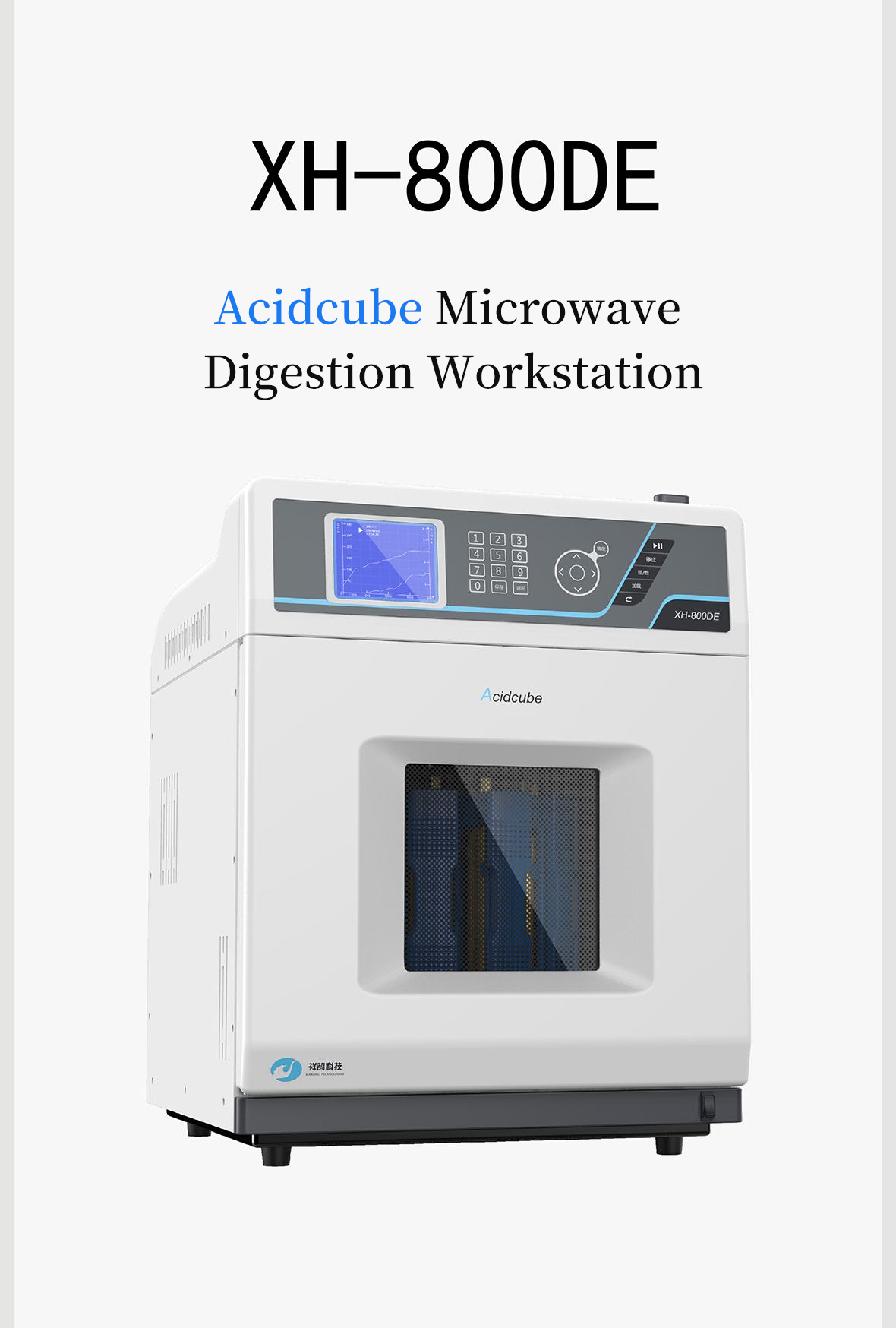

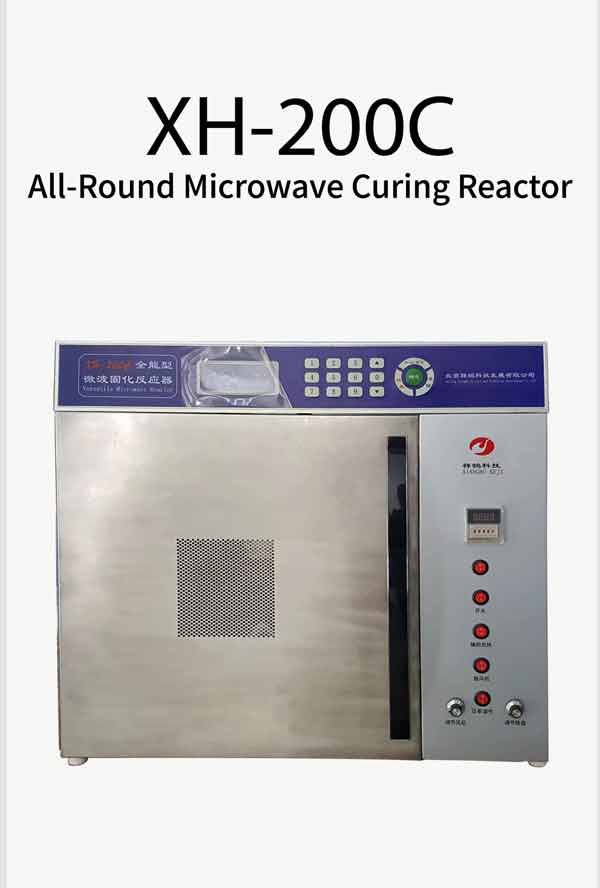
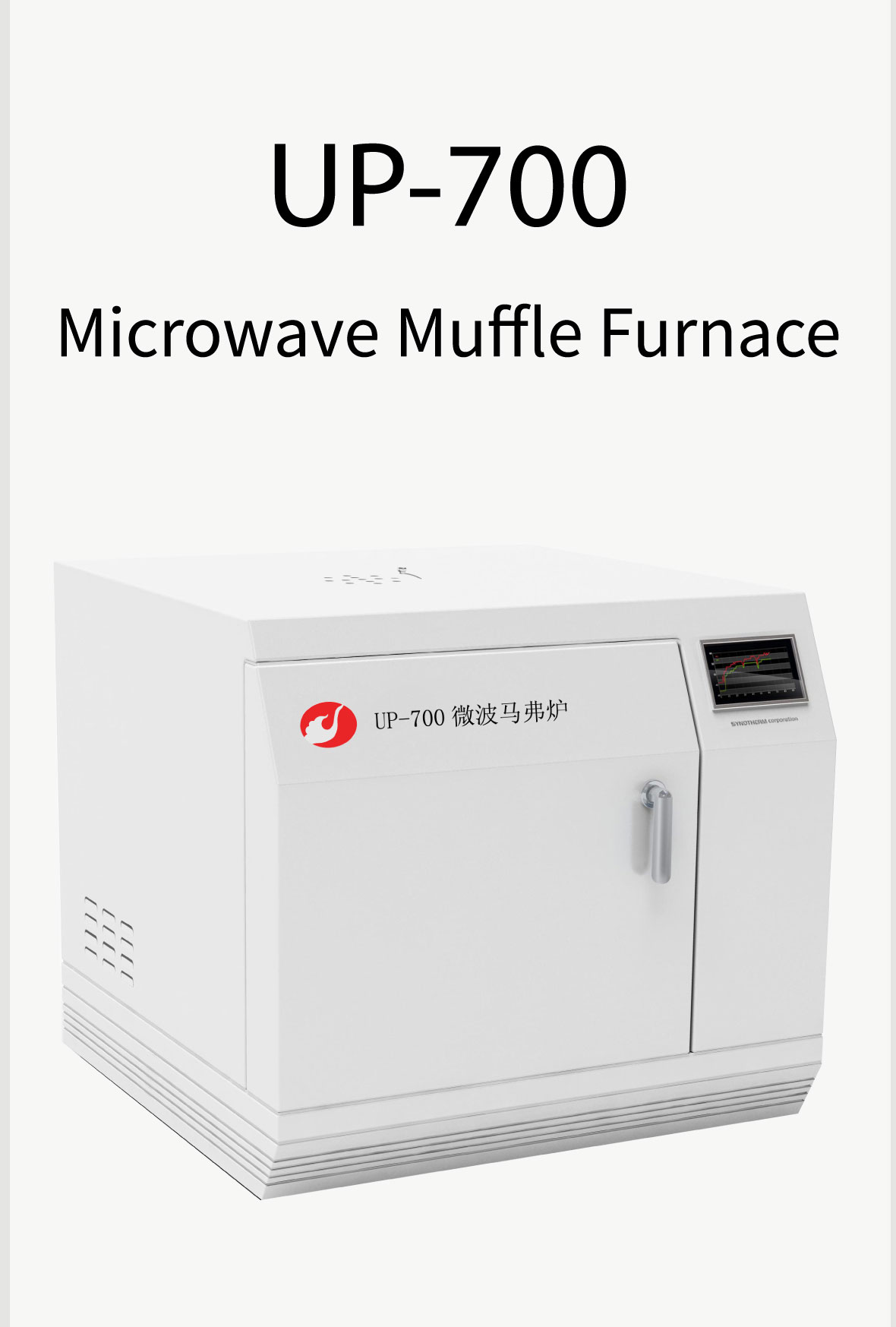

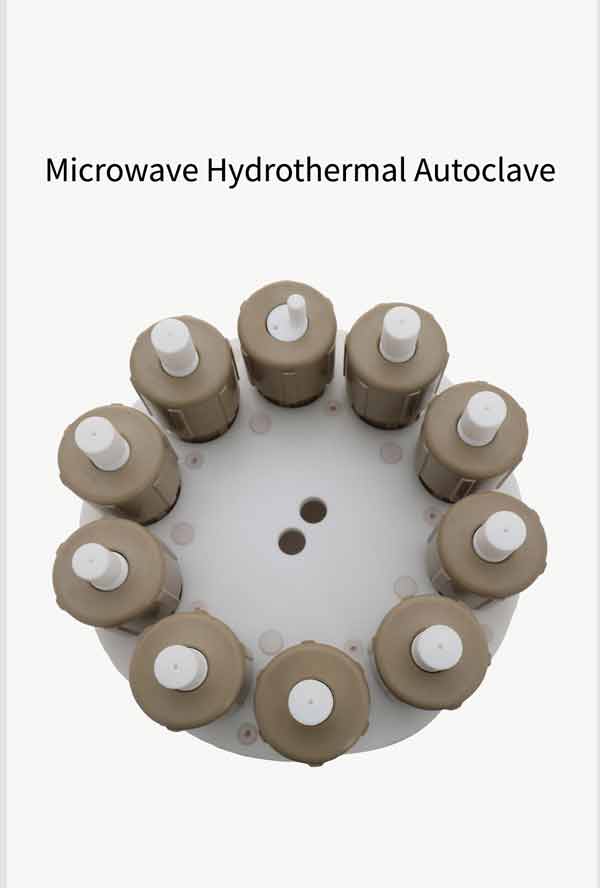

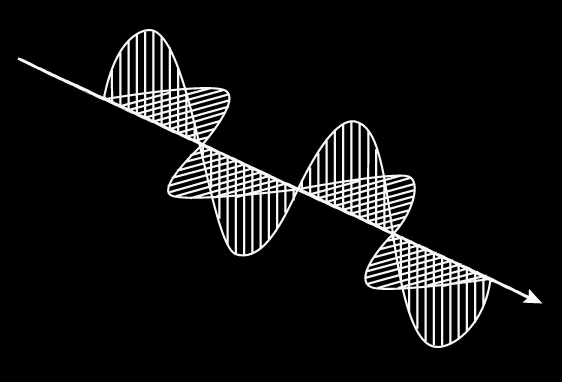

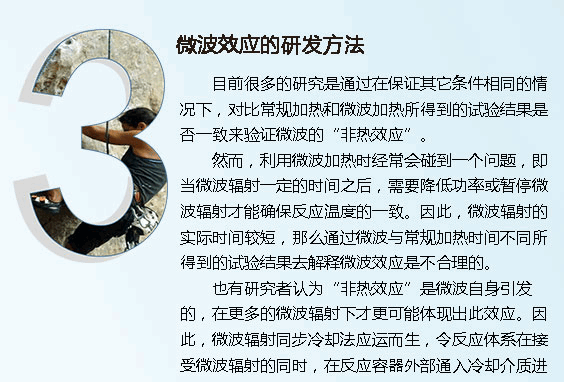
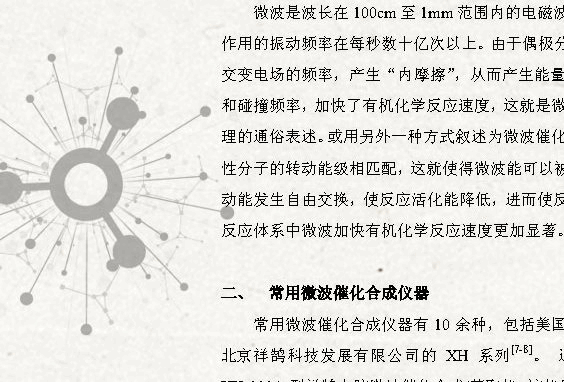

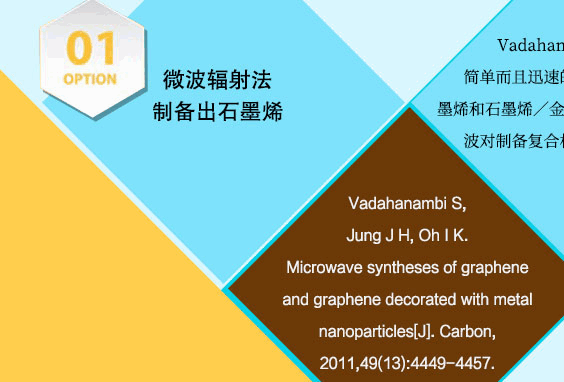
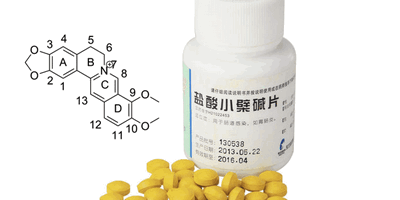


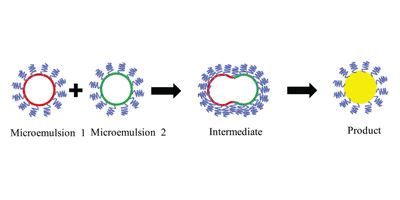
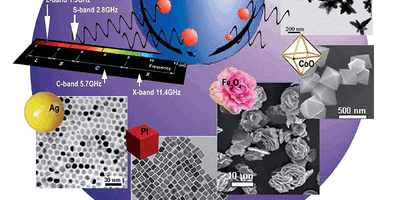
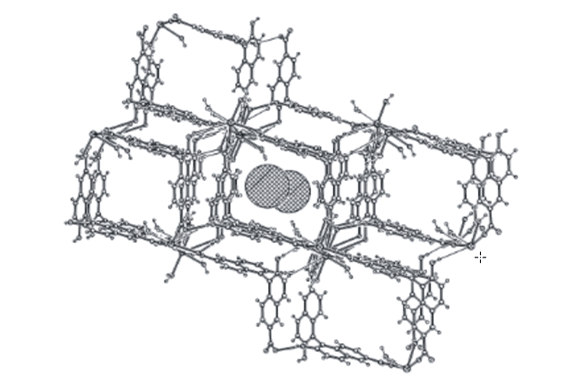
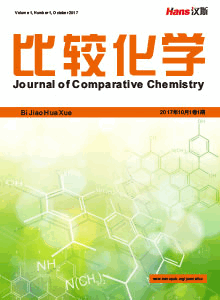
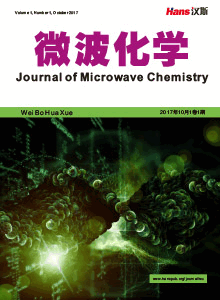
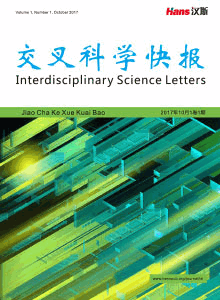




 京ICP备15050585号
京ICP备15050585号

